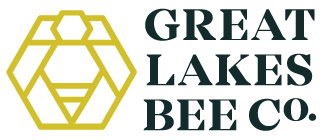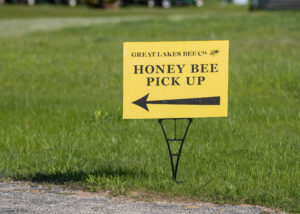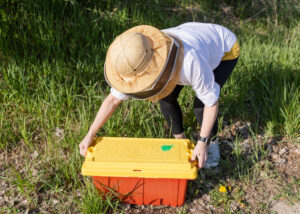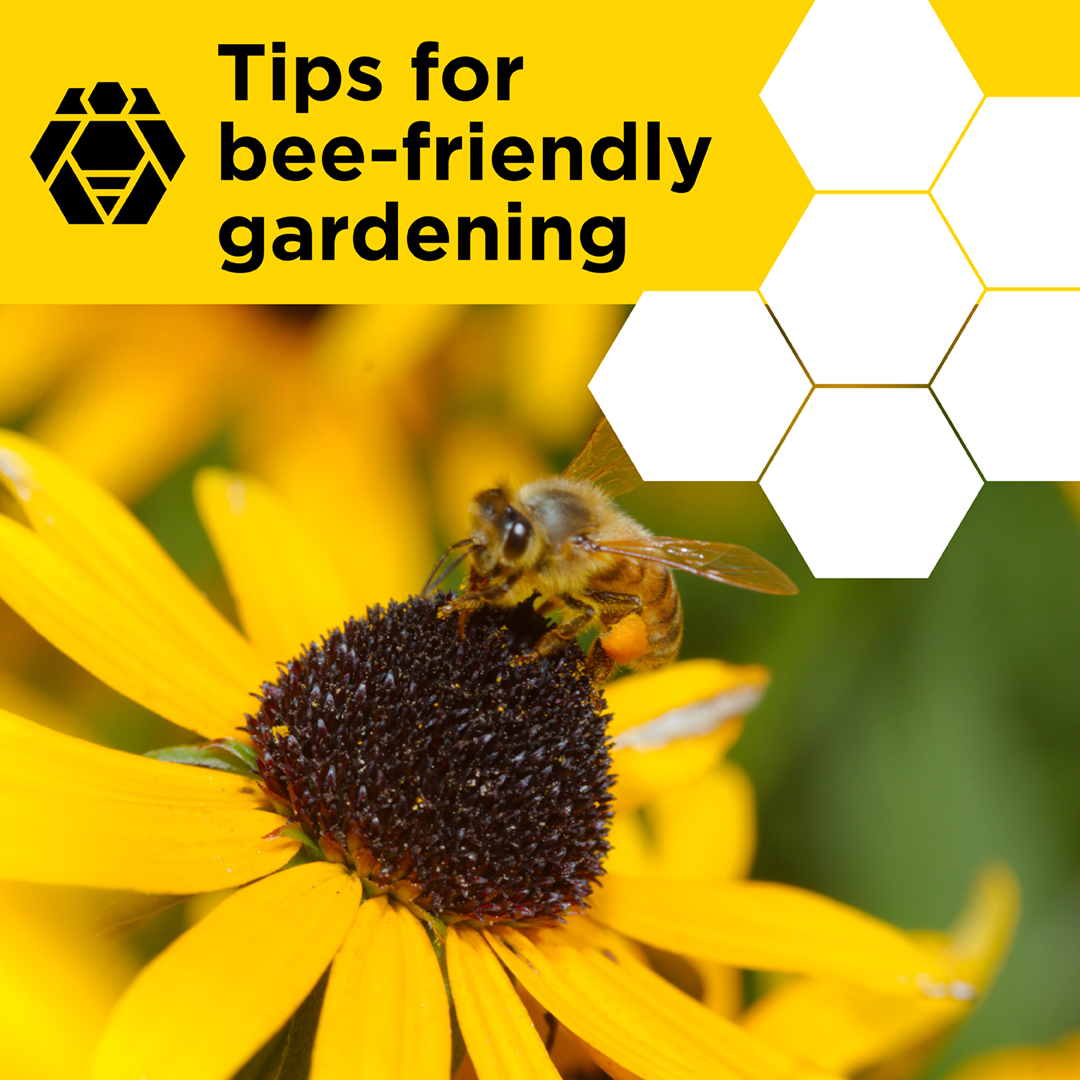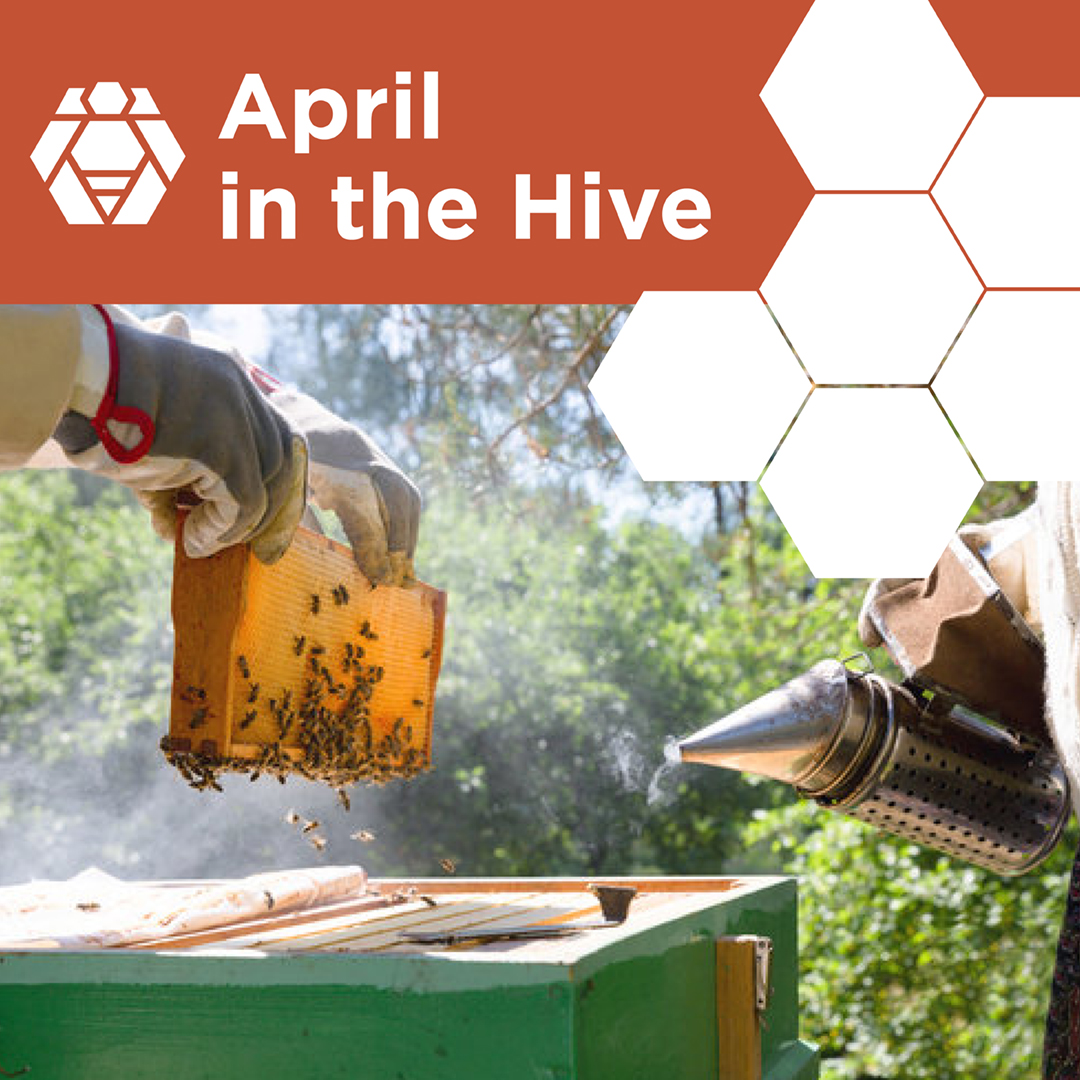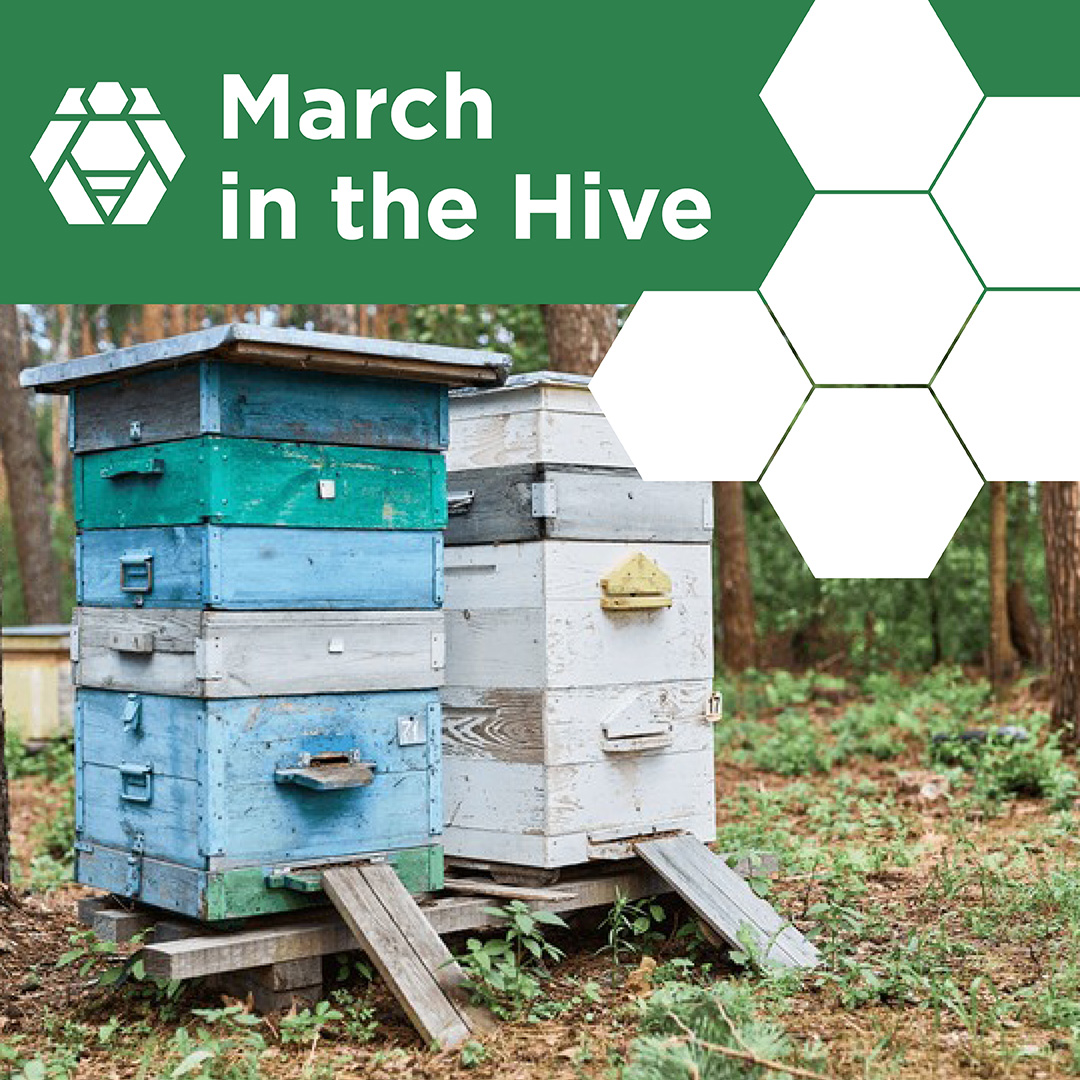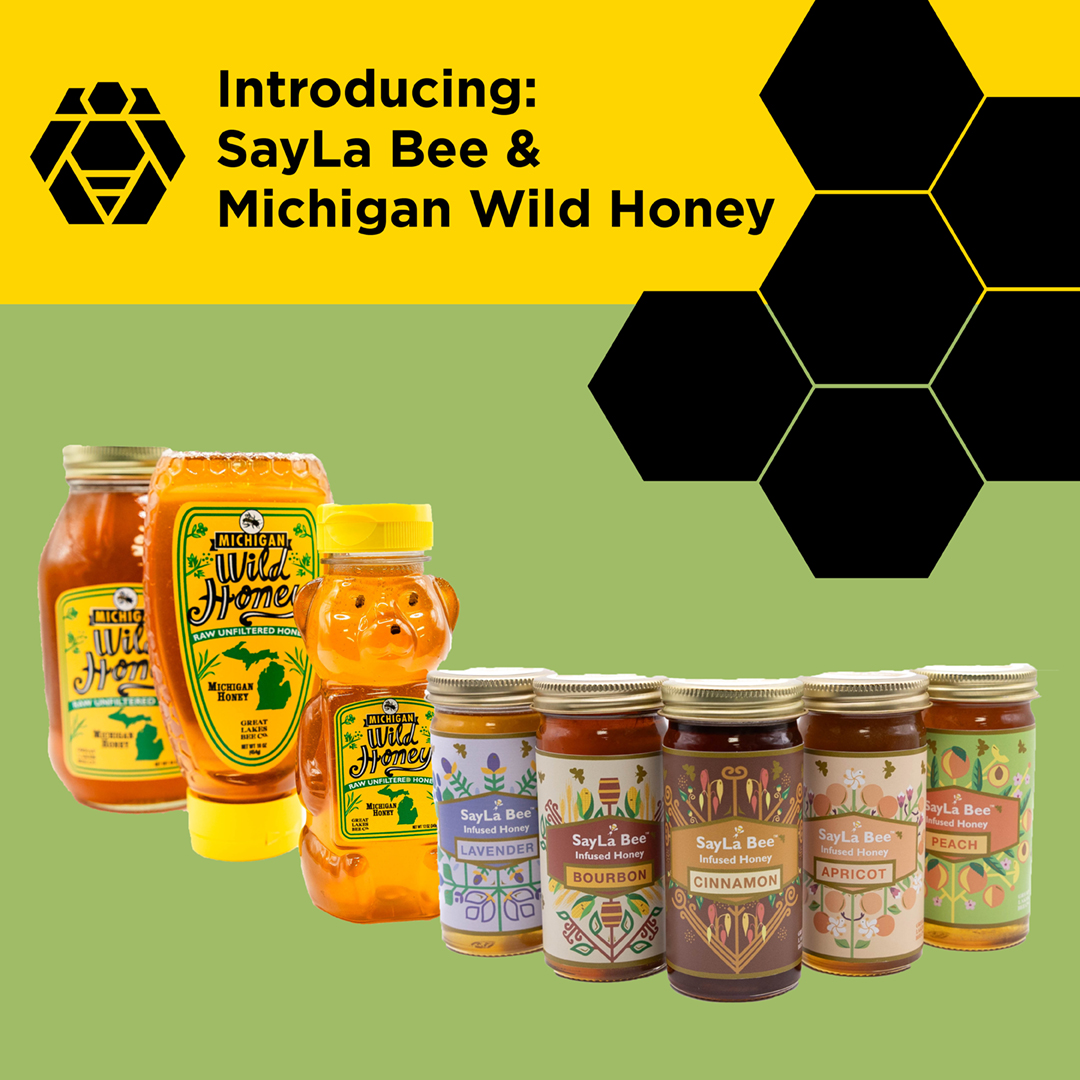
Continuing our celebration of National Honey Month this September, let’s properly introduce our two latest Michigan-made honey collections, SayLa Bee Infused honey, and our new brand of raw, unfiltered Michigan Wild Honey – both hand bottled right at the Great Lakes Bee Company facility in Fremont!
Our SayLa Bee Infused honey is pure, unfiltered, raw Michigan honey that is infused with a variety of flavors, ranging from sweet, fruity flavors like blueberry and apricot, to richer flavors like chocolate and cinnamon. There are a total of 18 SayLa Bee Infused honey flavors, and each come in the 6oz and 12oz options.
Our SayLa Bee products not only taste delightful, but nourish the body and soul – rose calms and relaxes, while orange supports immunity, and chocolate is a mood booster. Every ingredient that we use adds something special to our food and health!
Our Michigan Wild Honey is raw and unfiltered from hives across Michigan. The honey is carefully extracted, strained and filled without overheating. The summer harvest of Michigan Wild Honey captures the diverse flavors of area wildflowers, flowering trees, clover, lavender and thistle all blended into a lovely natural mix of medium-amber Michigan deliciousness.
You can shop the SayLa Bee collection and Michigan Wild on our website.
